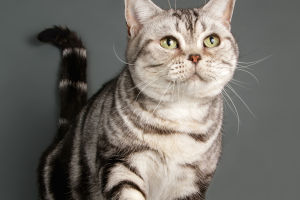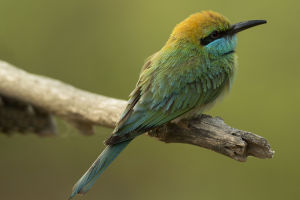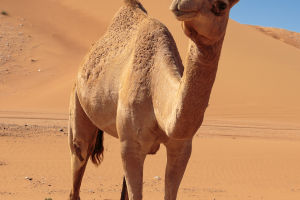Sometimes Pelicans' eating is not natural targeted predatory behavior: they just want to put everything in their mouths out of curiosity.
Features:
1. The body is about 150 cm long, with dense and short feathers all over the body.
2. The feathers are white, pink, or light taupe.
3. Some species of pelicans are larger, with a wingspan of 3 meters, and can fly long distances at speeds of more than 40 kilometers per hour.
4. The mouth is more than 30 centimeters long, with a large skin pouch formed by the connection of the lower mouth shell and the skin.
5. The skin pouch can be stretched freely.
Residence:
They mainly inhabit lakes, rivers, and coastal and marsh areas. Widely distributed in warm waters around the world, mostly in Asia, Europe, Africa, and Australia. Pelicans are found along coasts and along rivers and lakes in many parts of the world.
Life habits:
1. Pelicans are birds that love to live in groups. Likes to move in groups. Whenever the pelicans are fishing together, people can see the spectacular scenery of the pelicans diving from the sky one after another on the sea.
2. Pelicans spend most of their time on the shore basking in the sun or patiently grooming their feathers. Pelicans have sharp eyesight and are good at swimming and flying. Even when flying high in the sky, fish swimming in the water cannot escape their eyes.
If groups of pelicans find a school of fish, they will line up in a straight line or in a semicircle to outflank the school of fish and drive the school fish to a place where the water is shallow on the river bank. It became the thing in its sac, then closed its mouth, and contracted the throat sac to squeeze the water out. Fishing strategies vary by species and location.
3. There is a yellow oil gland at the heel of its short tail feathers. It can secrete a lot of oil. In their spare time, they often use their mouths to smear the feathers of the whole body to make the feathers smooth and soft. Pelicans that don't touch the water when swimming, both sexes incubate eggs and feed young.
4. When swimming, the wings are tightly closed on the back. Their voice is hoarse. When flying, the head is retracted and the big mouth is stretched forward, and the speed is fast. When migrating, they fly in clusters.
5. When the pelican takes off from the water, it first flaps its wings quickly on the water, and its feet paddle continuously in the water. Under the action of huge thrust, the pelican gradually accelerated, and then slowly reached the take-off speed, leaving the water and slowly flying into the sky. Sometimes, if they eat too much, they will look very bulky, so they can't take off smoothly, and they can only float on the sea.
Current situation:
The Peruvian pelican is listed as threatened with extinction because its numbers used to be much higher, although BirdLife International estimates the population at more than 500,000 adults and is likely increasing. During 1998, it fell sharply, and a similar decline may occur in the future.


